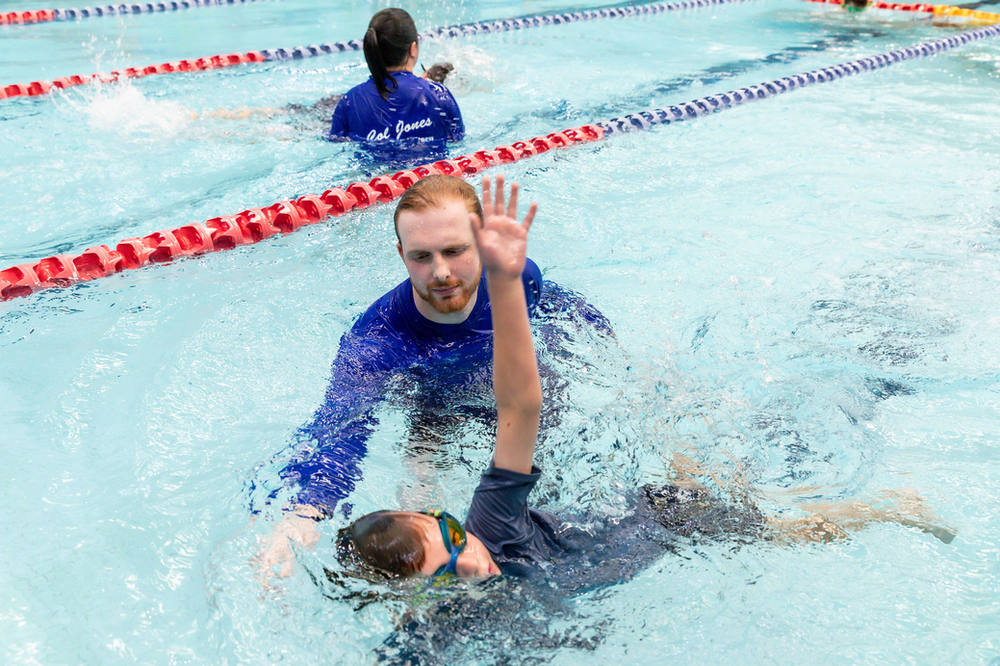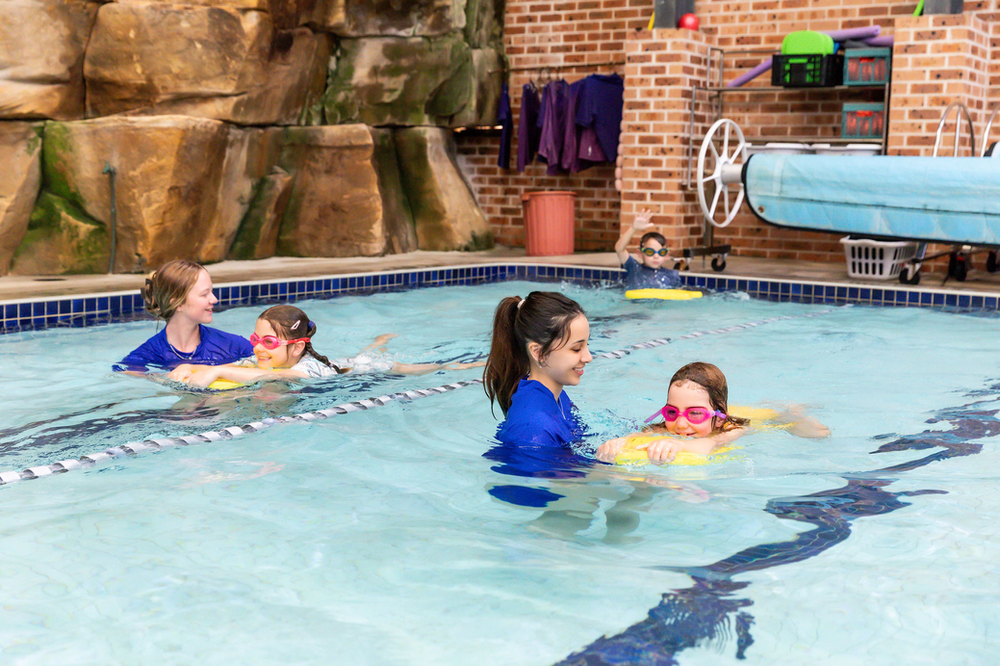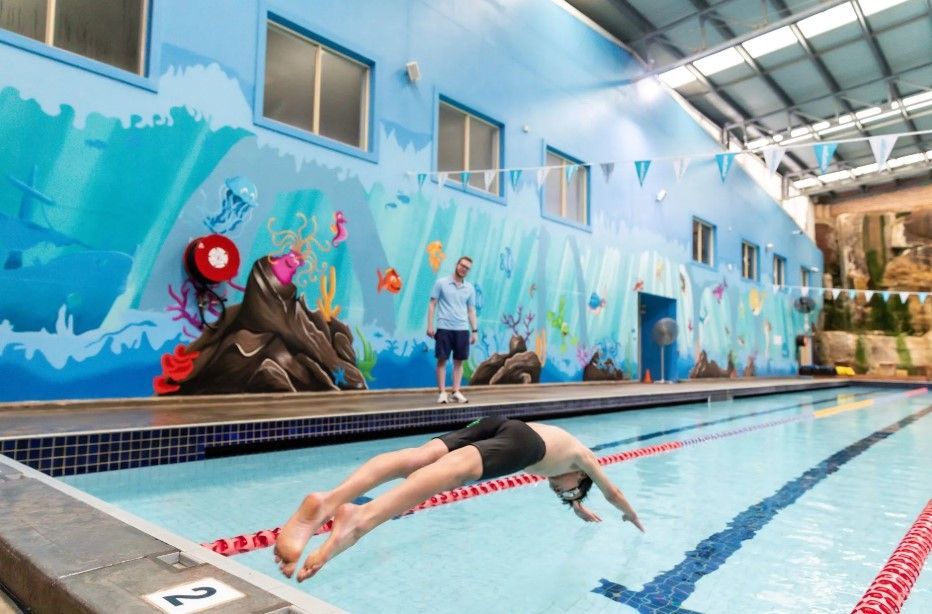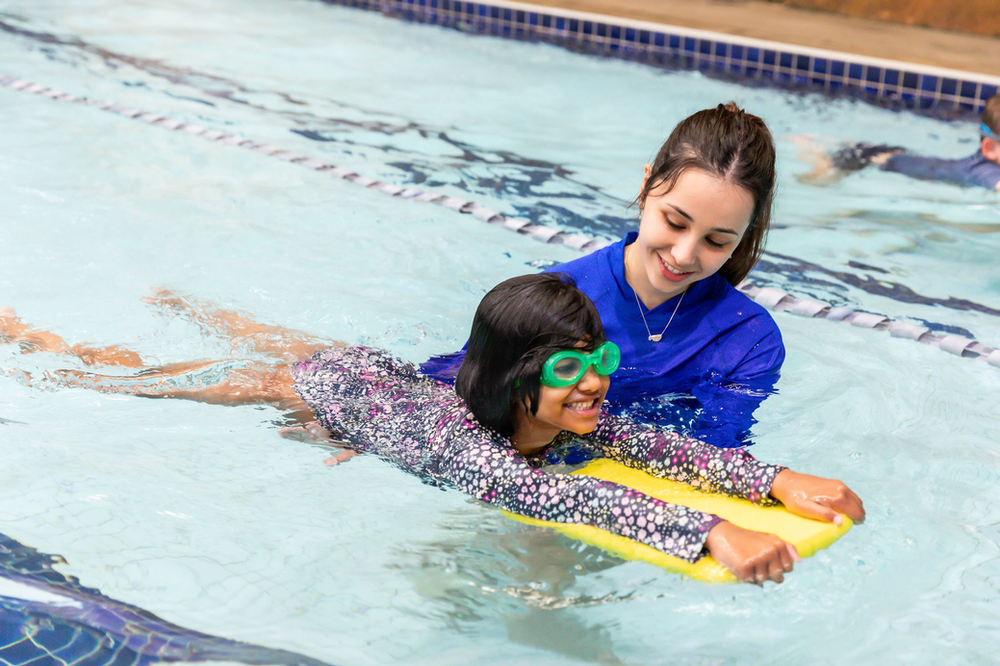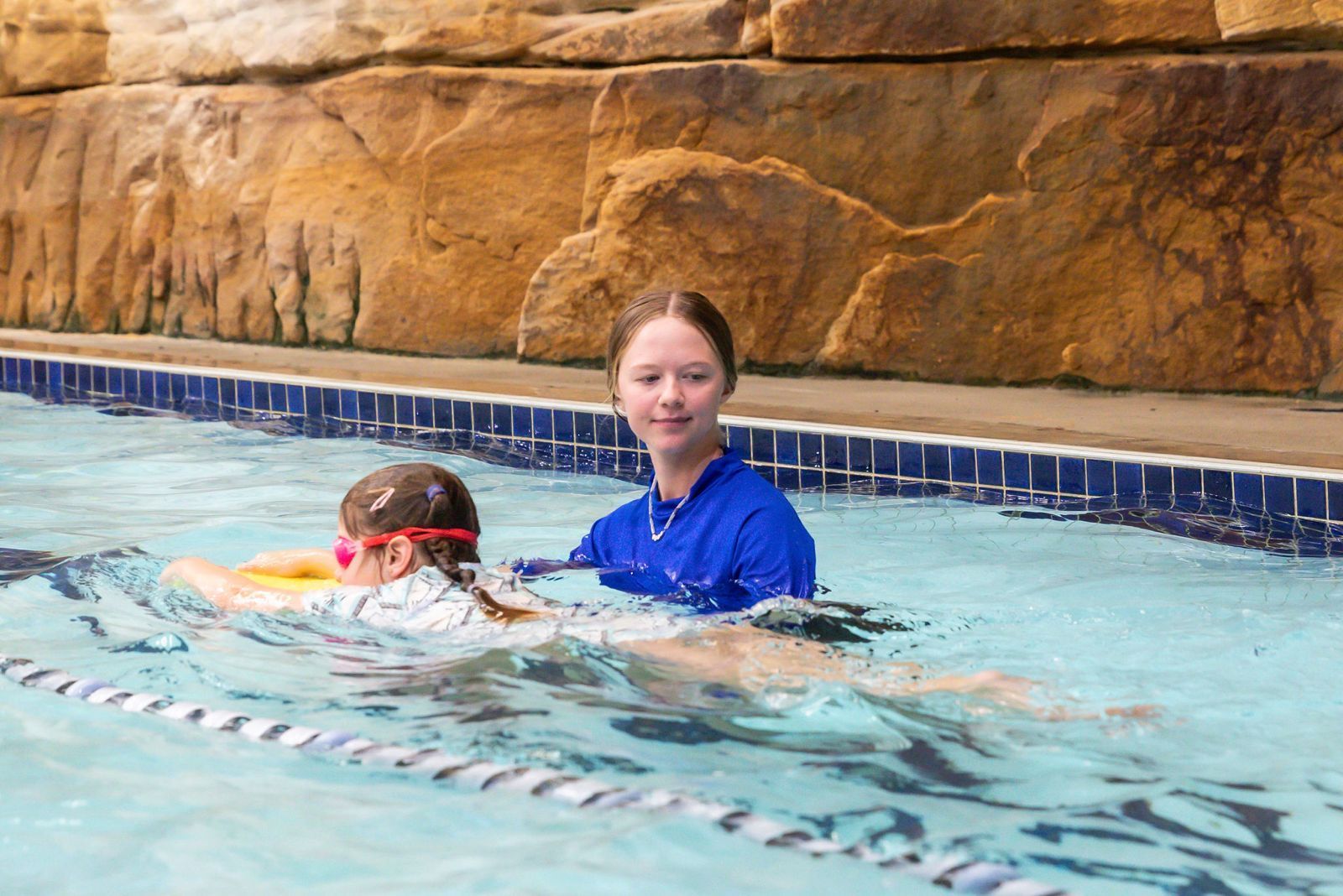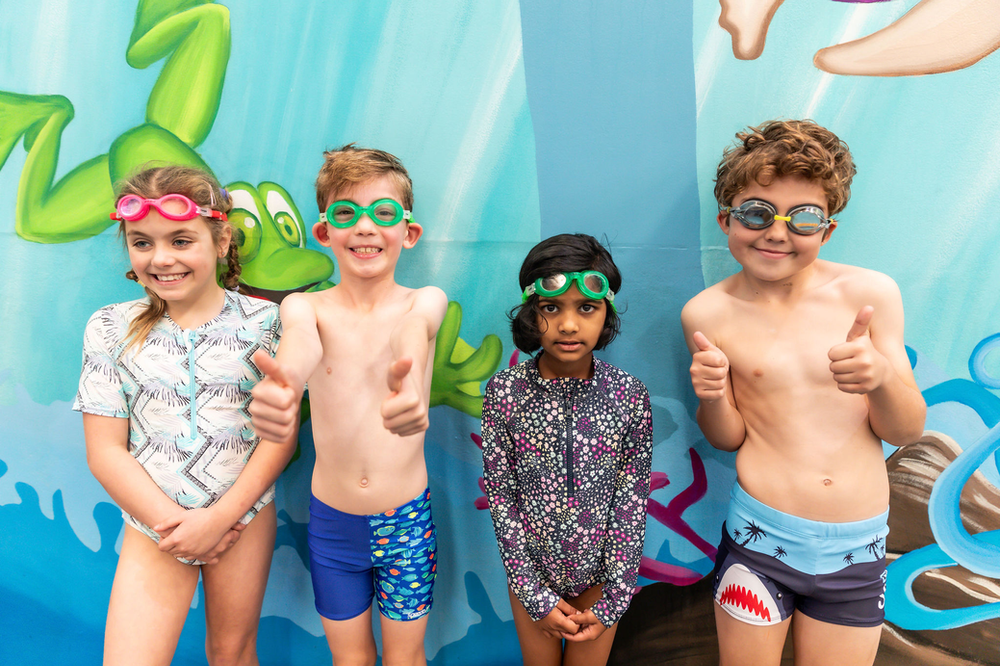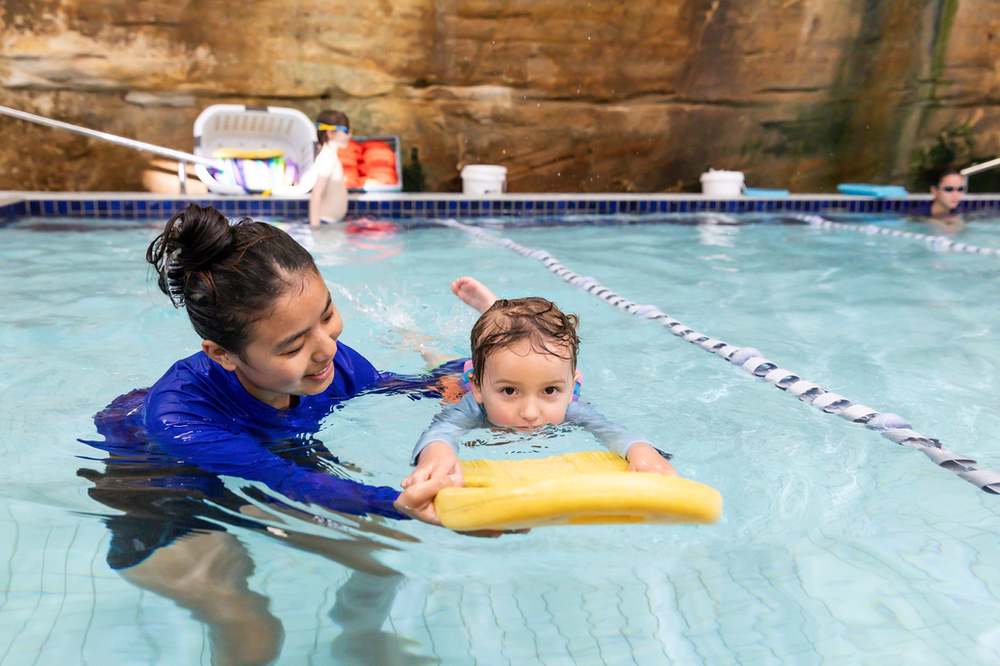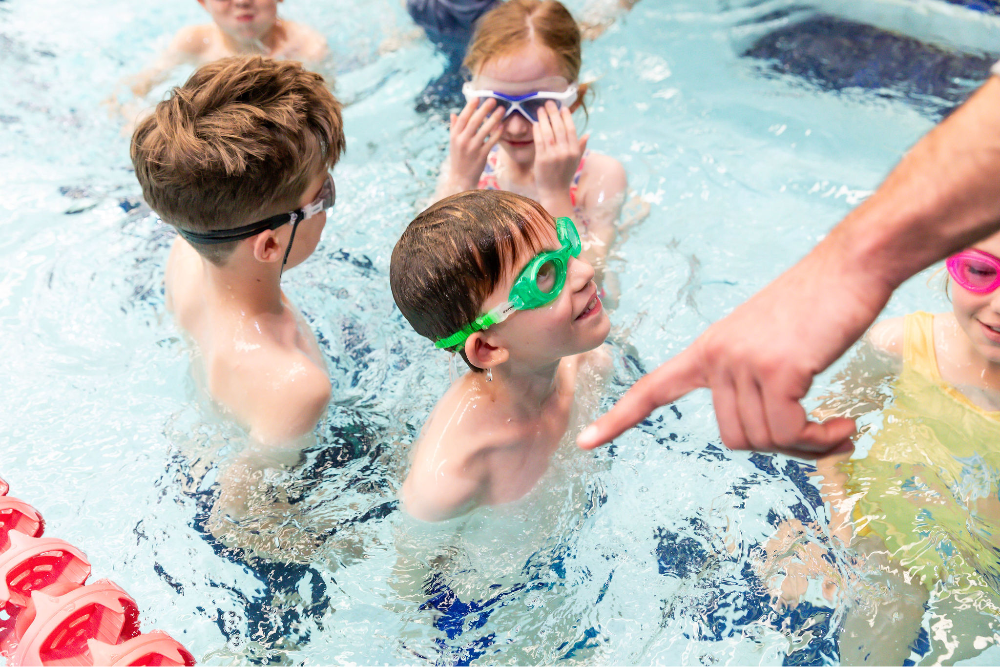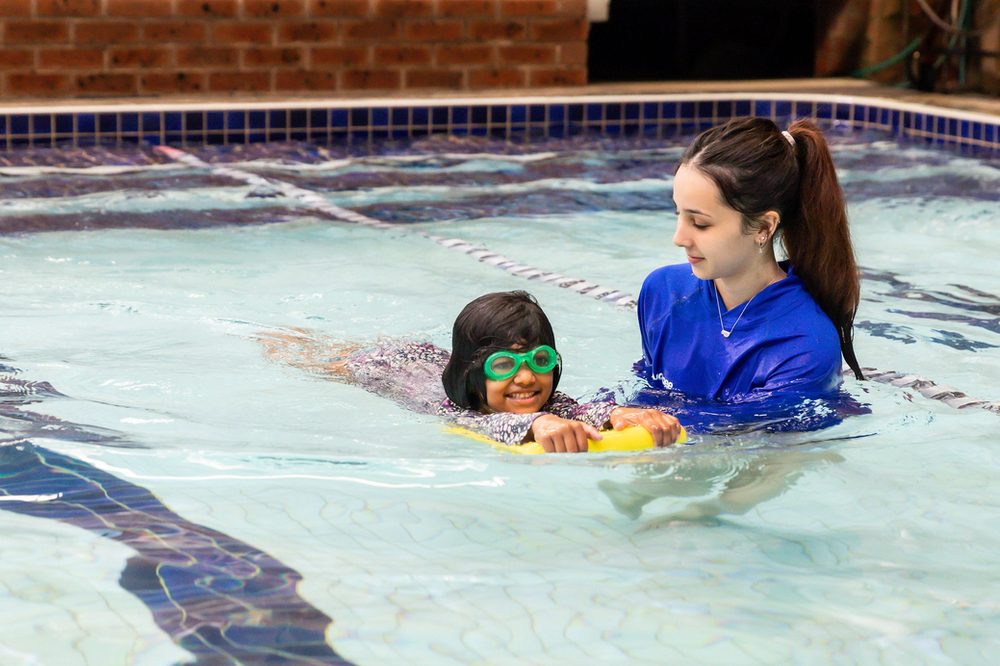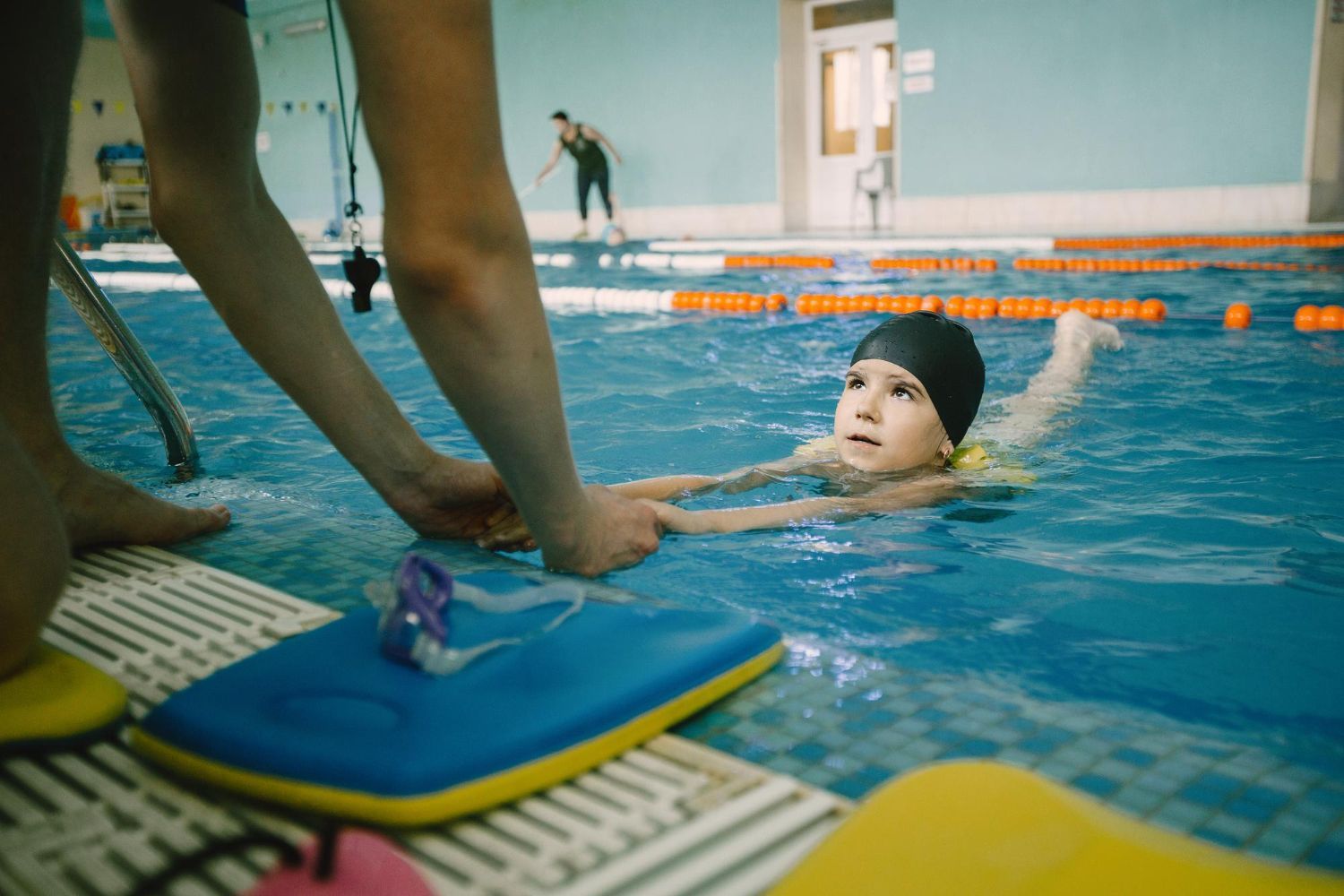From Beginner to Expert: Our Swim Levels Explained
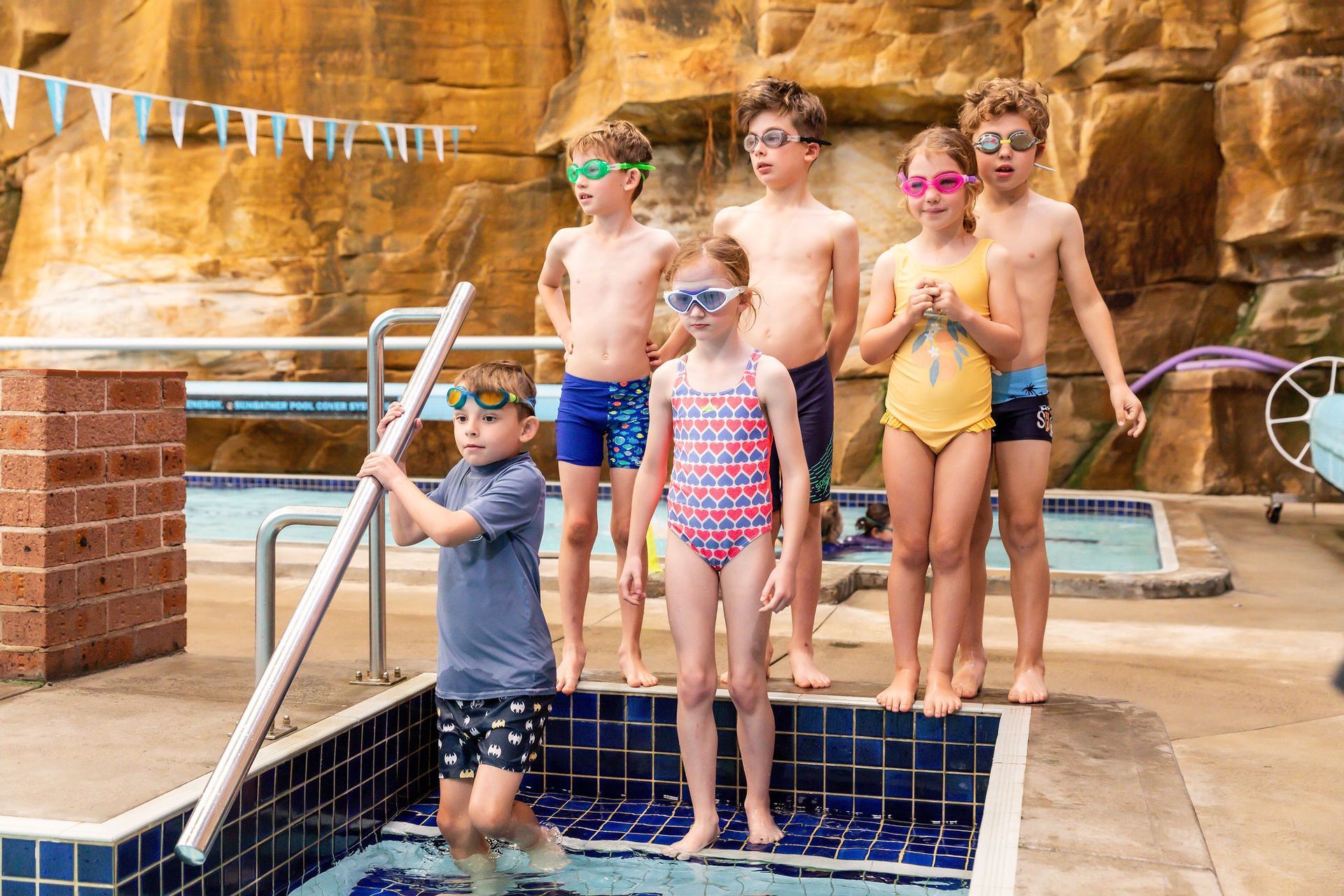
Swimming is an essential life skill that can benefit kids of all ages. At Col Jones Swim Tempe, we’ve designed our swim levels to guide children from their very first splash to expert-level strokes. Each level is tailored to match different skills and ages, ensuring a smooth progression that builds confidence and ability in the water.
Our swim program features a range of classes suited for beginners just starting out, those developing their swimming skills, and even swimmers training for competition. We understand that every child learns at their own pace, so our levels are flexible to accommodate their individual needs. Whether your child is just learning to float or perfecting their butterfly stroke, we have the right class for them.
With over 50 years of experience, Col Jones Swim Tempe prides itself on offering a structured yet fun environment for learning to swim. Our heated pools and experienced instructors make sure your child is safe and comfortable while they learn. Knowing the different levels can help you choose the best class for your child and follow their progress as they grow into confident swimmers. Now, let's take a closer look at our swim levels from beginner to expert.
Our Swim Levels at a Glance
At Col Jones Swim Tempe, we offer a structured swim program that caters to all ability levels, from beginner to expert. Our classes are designed to ensure that each child can progress at their own pace, gaining confidence and skills along the way. Here’s an overview of our swim levels to help you understand the journey your child will take.
1. Beginner Levels: These are for kids who are new to swimming and cover the basics such as floating, kicking, and simple strokes. The focus is on building comfort and safety in the water.
2. Intermediate Levels: These classes build on the basics and introduce more advanced strokes and techniques. Children start to refine their skills and gain endurance.
3. Advanced Levels: Here, kids master different strokes, learn complex techniques, and develop speed and efficiency. These classes prepare swimmers for competitive swimming.
4. Expert Levels: These levels cater to kids who are training for competitions or looking to perfect their form. Swimmers focus on high-level skills and compete in swim meets.
Understanding these levels can help you choose the right class for your child and track their progress as they develop their swimming abilities.
Beginner Levels: Building Basics
The beginner levels are where the swimming journey starts. These classes focus on introducing children to the water and teaching them essential swimming skills. Here’s a closer look at what children learn at this stage:
1. Water Comfort: The first step is getting comfortable in the water. Children learn to feel safe and happy in the pool, whether it's the small beginner pool or the teaching improver pool. Instructors use fun games and activities to help kids relax.
2. Floating and Gliding: Learning to float on their backs and glide across the water surface are critical skills. Floating helps children stay buoyant, while gliding teaches them to move smoothly through the water.
3. Basic Strokes: Kids are introduced to simple strokes like the dog paddle and front crawl. These strokes are easy to learn and provide a foundation for more advanced techniques later on.
4. Kicking Techniques: Proper kicking is essential for movement in the water. Children practice kicking on kickboards and learn to coordinate their legs with their arm movements.
5. Breath Control: Managing breathing is critical in swimming. Kids practice blowing bubbles, holding their breath, and coordinating their breathing with their strokes.
By the end of the beginner levels, children are usually comfortable in the water and have a good grasp of basic swimming skills. This foundation prepares them for the more challenging intermediate levels, where they will refine and enhance their swimming techniques.
Intermediate Levels: Developing Skills
In the intermediate levels, children build on the foundations learned in the beginner stages. They focus on refining their techniques and increasing their endurance. Here’s what happens at this level:
1. Improved Stroke Techniques: Kids work on improving their basic strokes. They learn more about body position, arm movement, and breathing techniques. Strokes like the backstroke and breaststroke are introduced and practised until perfected.
2. Endurance Training: Swimming longer distances helps build stamina. Children practice swimming laps in our 25-metre lap pool. This prepares them for more advanced swim practices and activities.
3. Introduction to Butterfly Stroke: At this level, kids begin learning the butterfly stroke, one of the more complex swimming techniques. They gradually become familiar with the unique timing and movement required.
4. Turn Techniques: Learning how to perform flip turns and open turns efficiently helps swimmers change directions during a lap without losing momentum. This skill is important for competitive swimming.
5. Safety Skills: Safety remains a priority. Children learn more advanced water safety techniques, including rescue skills and how to assist others in the water.
By the end of the intermediate levels, children are more confident swimmers. They have a solid understanding of various strokes and can swim longer distances with good technique. This sets the stage for moving on to advanced levels, where they’ll continue to enhance their skills and prepare for competitions.
Expert Levels: Mastery and Competition
The expert levels are designed for kids looking to perfect their swimming skills and perhaps compete. These classes focus on advanced techniques and preparing swimmers for swim meets. Here’s what swimmers can expect:
1. Advanced Stroke Refinement: Swimmers work intensively on mastering all the major strokes, including freestyle, backstroke, breaststroke, and butterfly. Emphasis is placed on technique, speed, and efficiency.
2. Training for Competitions: Kids prepare for competitive swimming. This involves timed swims, learning race strategies, and understanding the rules of competition. Training sessions in the 25-metre lap pool simulate race conditions.
3. Starts and Finishes: Proper starting blocks techniques and strong finishes can make a significant difference in races. Swimmers practise diving off starting blocks and executing powerful finishes.
4. Endurance and Strength Building: To compete at higher levels, swimmers need excellent endurance and strength. Training includes long-distance swims, interval training, and targeted strength exercises.
5. Mental Preparation: Competing requires more than physical skills. Swimmers learn mental techniques to handle pressure, stay focused, and maintain confidence.
Upon completing the expert levels, swimmers are ready to compete in local, regional, or even national swim meets. They possess the skills, endurance, and mental toughness required for competitive swimming.
Conclusion
Swimming is a journey that starts with the basics and progresses to mastery. At Col Jones Swim Tempe, we offer a well-structured program that takes children from beginner to expert levels. Each stage builds on the previous one, ensuring that swimmers develop strong skills and gain confidence as they go along.
Our heated pools and experienced instructors provide the perfect environment for learning. From floating in the small beginner pool to racing in the 25-metre lap pool, every lesson is designed to be both educational and enjoyable. We are proud to have been a part of the Sydney community for over 50 years, teaching countless children the invaluable skill of swimming.
If you’re ready to help your child become a confident and skilled swimmer, explore our website to learn more about our
swimming programs and enrol today. Join the Col Jones Swim Tempe family and let's make a splash together!


